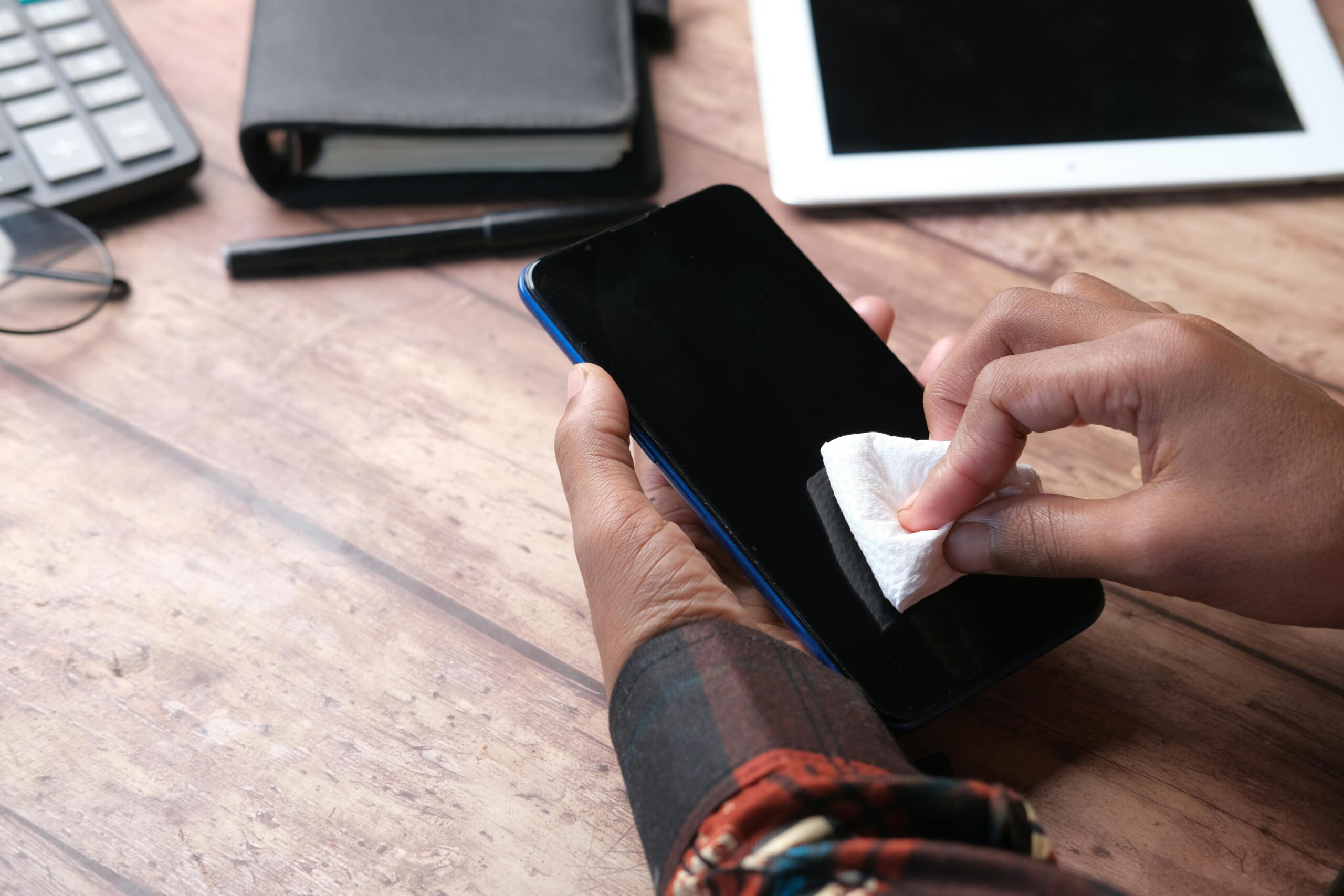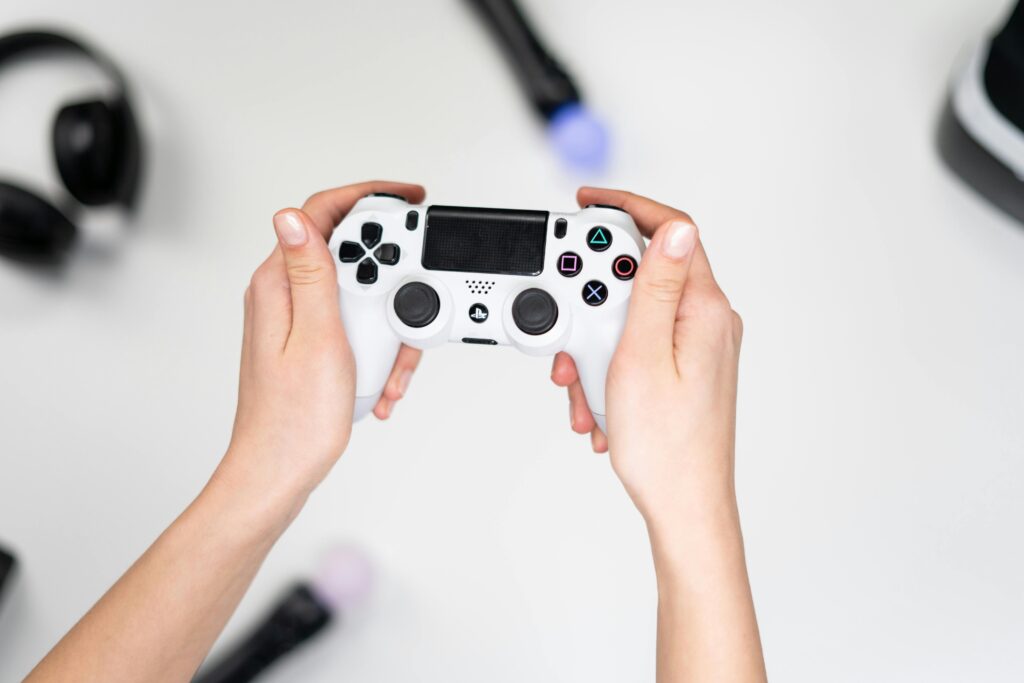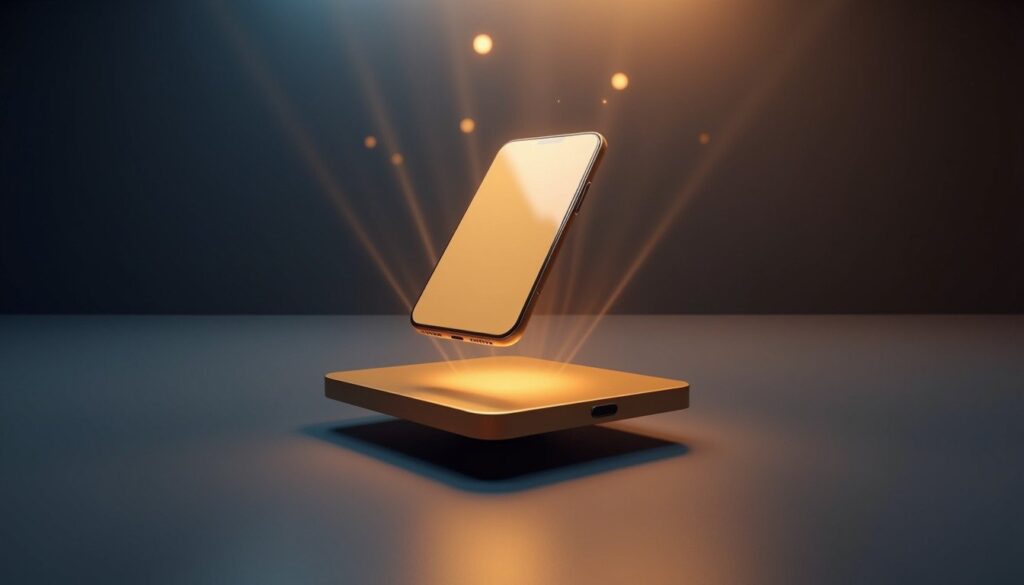Smartphones are our constant companions. We use them to connect, work, play, and capture memories. But how often do we think about the cleanliness of our screens? From fingerprints and smudges to invisible germs, your smartphone screen can harbor more bacteria than you might imagine. Learning how to safely clean your smartphone screen not only keeps your device looking new but also protects your health. In this comprehensive guide, we’ll walk you through the safest, most effective ways to clean your smartphone screen—without risking damage.
Why Cleaning Your Smartphone Screen Matters
Our hands touch so many surfaces throughout the day, and every swipe or tap transfers oils, dirt, and germs onto your phone. Studies have shown that smartphone screens can carry more bacteria than a toilet seat! Regular cleaning is essential to:
- Maintain screen clarity and touch sensitivity
- Reduce the risk of skin breakouts caused by bacteria
- Prevent the spread of germs and viruses
- Prolong your device’s lifespan
Common Mistakes to Avoid When Cleaning Your Smartphone
Before diving into the cleaning process, let’s address some common mistakes that can damage your device:
- Using harsh chemicals: Products like window cleaner, bleach, or vinegar can strip away the protective coating on your screen.
- Spraying liquid directly on the screen: Excess moisture can seep into the device and cause internal damage.
- Using rough materials: Paper towels or abrasive cloths can scratch the glass.
- Forgetting to power off: Cleaning a powered-on device increases the risk of electrical issues.
What You Need: Safe Cleaning Supplies
To clean your smartphone screen safely, gather the following supplies:
- Microfiber cloth: Soft and lint-free, perfect for removing smudges without scratching.
- Distilled water: Tap water can leave mineral deposits; distilled is gentler.
- 70% isopropyl alcohol: Effective for disinfecting without harming the screen.
- Spray bottle (optional): For mixing a gentle cleaning solution.
- Cotton swabs or soft-bristled brush: Great for cleaning around buttons and ports.
Step-by-Step: How to Safely Clean Your Smartphone Screen
1. Power Down and Unplug
Always turn off your phone and unplug it from any charger or accessories. This reduces the risk of short circuits and makes it easier to see dirt and smudges.
2. Remove the Case
Take off your phone case and set it aside. You’ll want to clean both the phone and the case separately.
3. Dry Wipe First
Use a clean, dry microfiber cloth to gently wipe the screen. This removes dust and loose particles that could scratch the glass during deeper cleaning.
4. Prepare a Safe Cleaning Solution
Mix equal parts distilled water and 70% isopropyl alcohol in a spray bottle. This solution is safe for most smartphone screens and effective at killing germs.
Tip: Never use undiluted alcohol or household cleaners, as they can damage the screen’s oleophobic coating.
5. Dampen the Cloth (Don’t Soak!)
Lightly spray the cleaning solution onto the microfiber cloth. The cloth should be damp, not wet. Never spray liquid directly onto your phone.
6. Wipe the Screen Gently
Wipe the screen in small, circular motions. Pay extra attention to areas with visible smudges or fingerprints. Avoid pressing too hard, as this can damage the display.
7. Clean the Edges and Ports
Use a slightly dampened cotton swab or a soft-bristled brush to clean around the edges, buttons, and charging port. Be gentle and avoid pushing debris further inside.
8. Let It Air Dry
Allow your phone to air dry for a few minutes before turning it back on or replacing the case. This ensures all moisture has evaporated.
How Often Should You Clean Your Smartphone Screen?
For most people, a thorough cleaning once or twice a week is sufficient. However, if you use your phone while eating, after the gym, or in public places, consider wiping it down daily. During cold and flu season, or if someone around you is sick, increase the frequency to minimize germ transfer.
Special Considerations: Screen Protectors and Specialty Screens
If your device has a screen protector, you can clean it using the same steps above. For specialty screens (like those on foldable phones), always check the manufacturer’s guidelines. Some screens are more sensitive and may require extra care.
What to Avoid: Products and Practices That Can Harm Your Phone
- Abrasive materials: No paper towels, facial tissues, or rough fabrics.
- Household cleaners: Avoid anything with ammonia, bleach, or hydrogen peroxide.
- Compressed air: It can force moisture into the phone’s internals.
- Too much water: Even water-resistant phones aren’t immune to liquid damage if cleaning is careless.
Keeping Your Smartphone Screen Clean: Pro Tips
- Wash your hands regularly: Clean hands mean less grime on your screen.
- Use a stylus: Reduces direct contact and keeps the screen smudge-free.
- Store your phone properly: Avoid placing it on dirty surfaces or in dusty environments.
- Clean your phone case: Cases can harbor germs and transfer them back to your device.
Frequently Asked Questions
Can I use disinfectant wipes on my phone?
Most smartphone manufacturers now say it’s safe to use 70% isopropyl alcohol wipes or Clorox Disinfecting Wipes on your screen. Just avoid excessive moisture and rough scrubbing.
What about UV sanitizers?
UV phone sanitizers can effectively kill germs without chemicals. However, they should be used as a supplement to cleaning, not a replacement for removing dirt and smudges.
Is it safe to clean my phone every day?
Yes, as long as you use gentle products and soft cloths, daily cleaning won’t harm your device.
Conclusion: Keep Your Smartphone Screen Spotless and Safe
A clean smartphone screen is more than just a matter of aesthetics—it’s about health, hygiene, and device longevity. By following these simple, safe cleaning steps, you can enjoy a crystal-clear display and peace of mind. Make smartphone cleaning a regular part of your routine, and you’ll notice the difference in both performance and appearance.
Ready to give your phone the care it deserves? Start cleaning your smartphone screen safely today and experience the difference! Share these tips with friends and family to help everyone stay connected—and clean.







